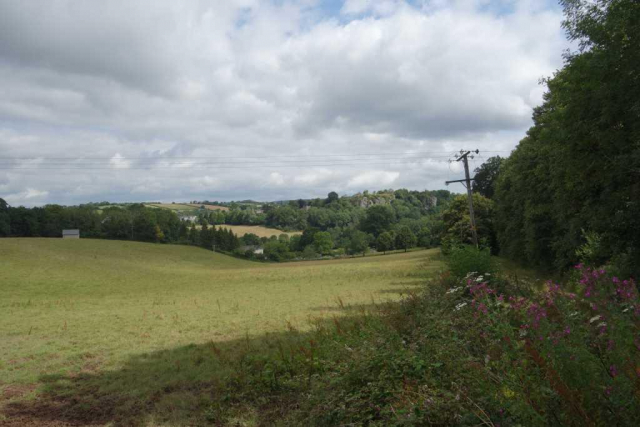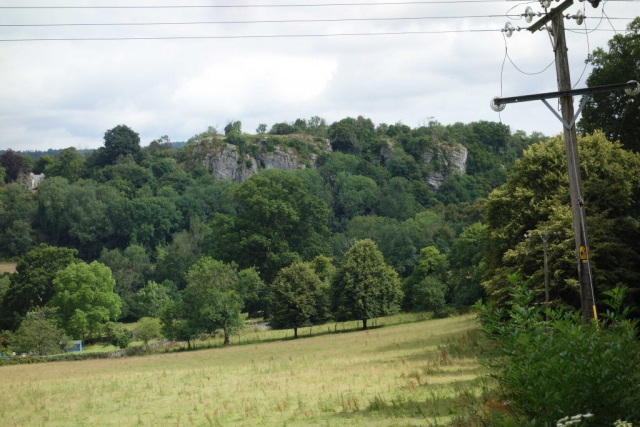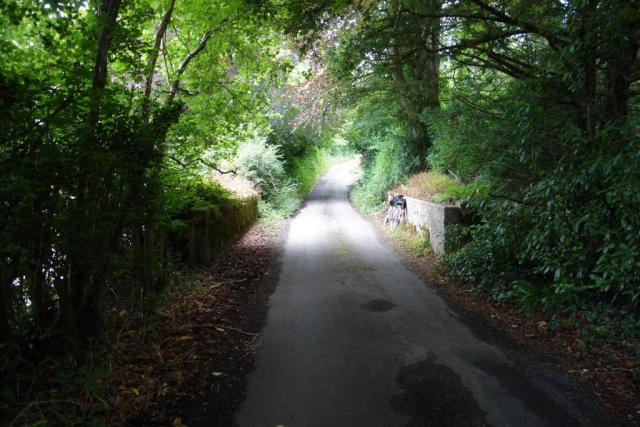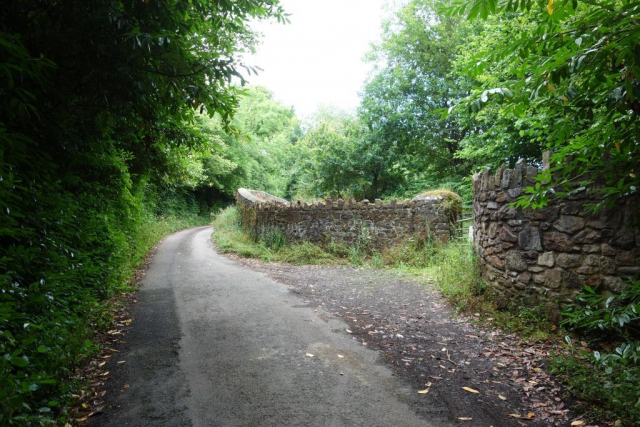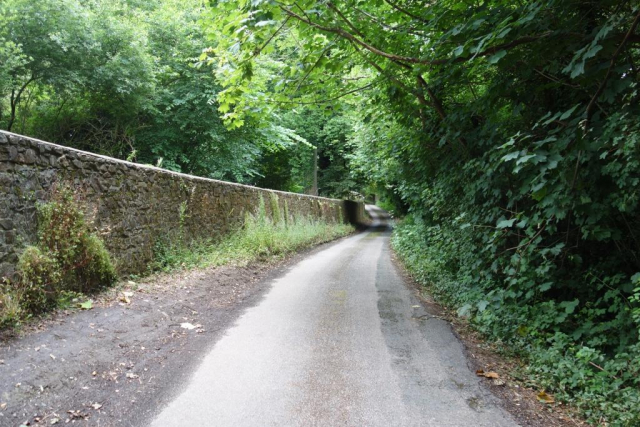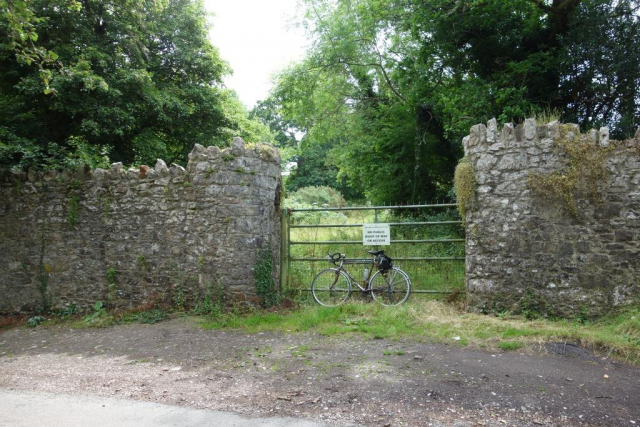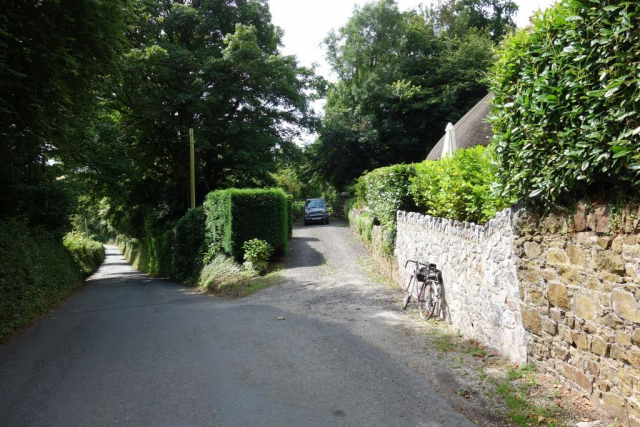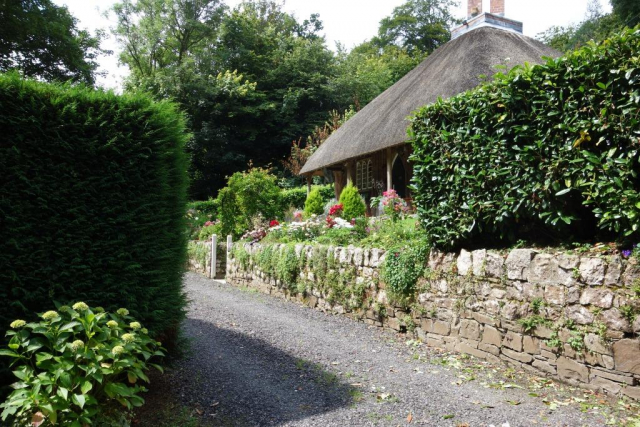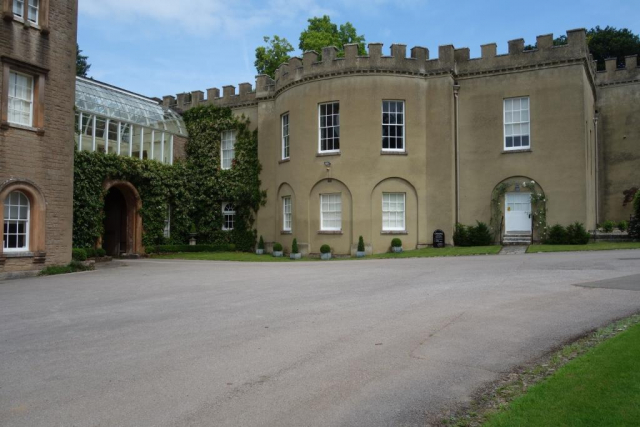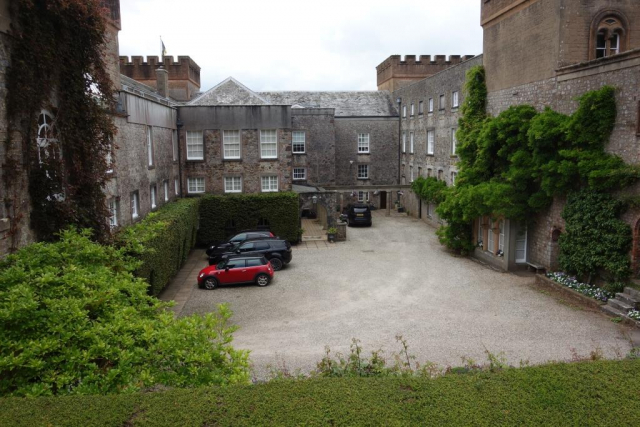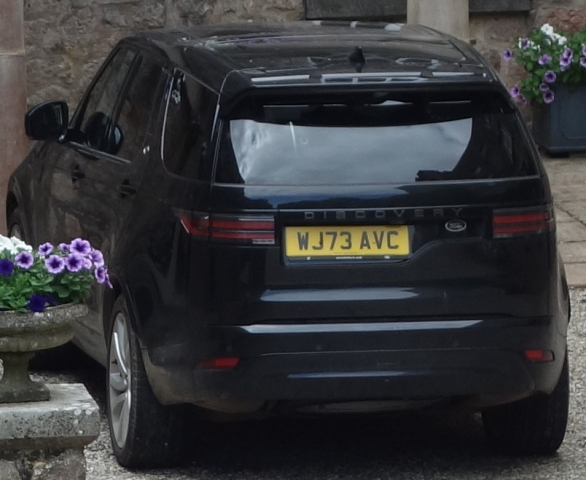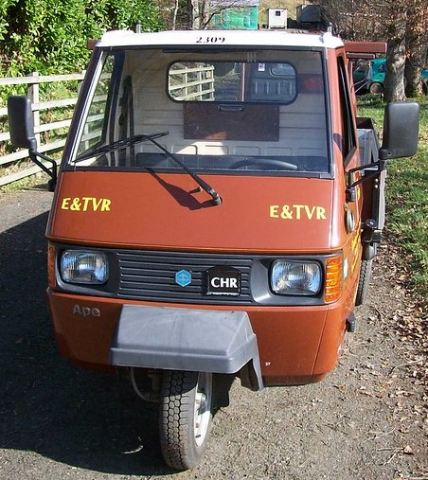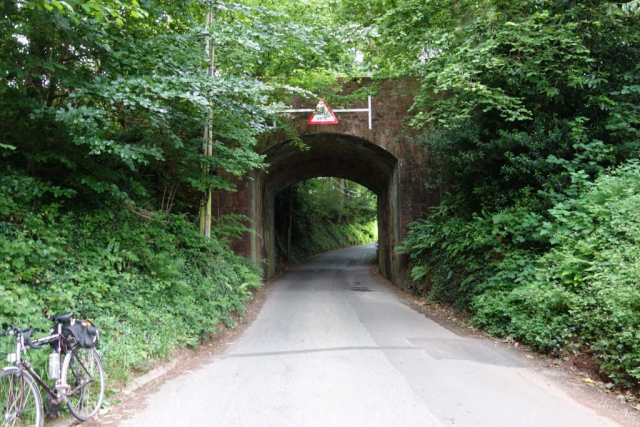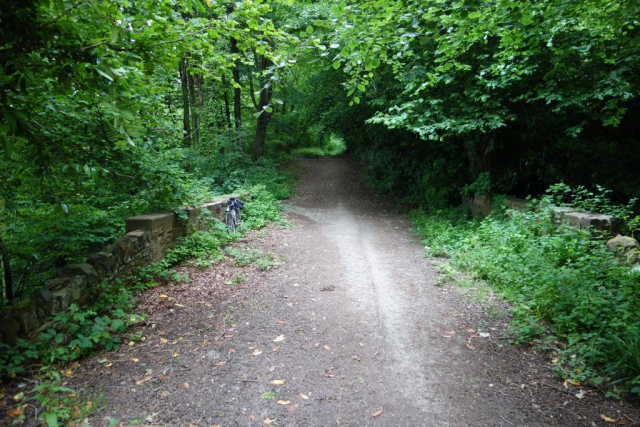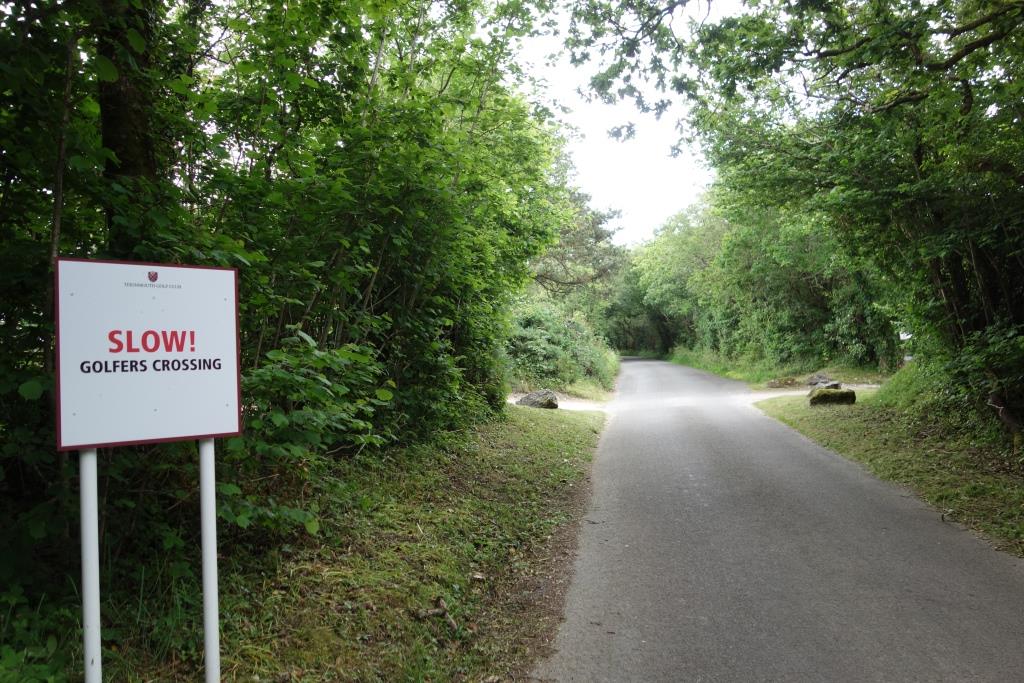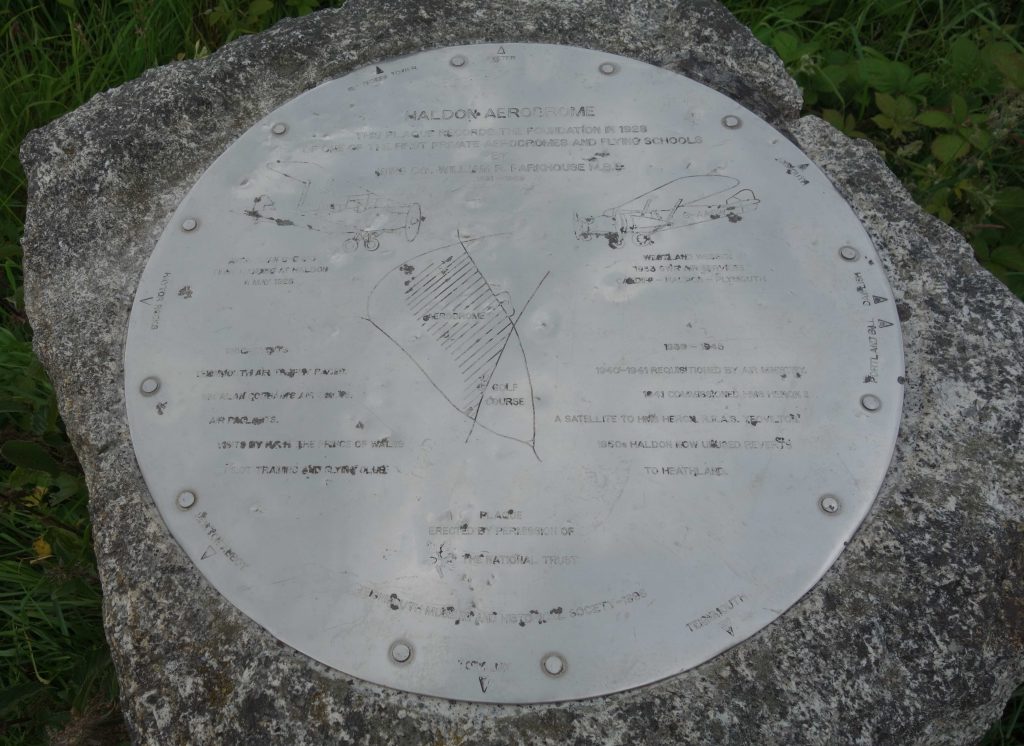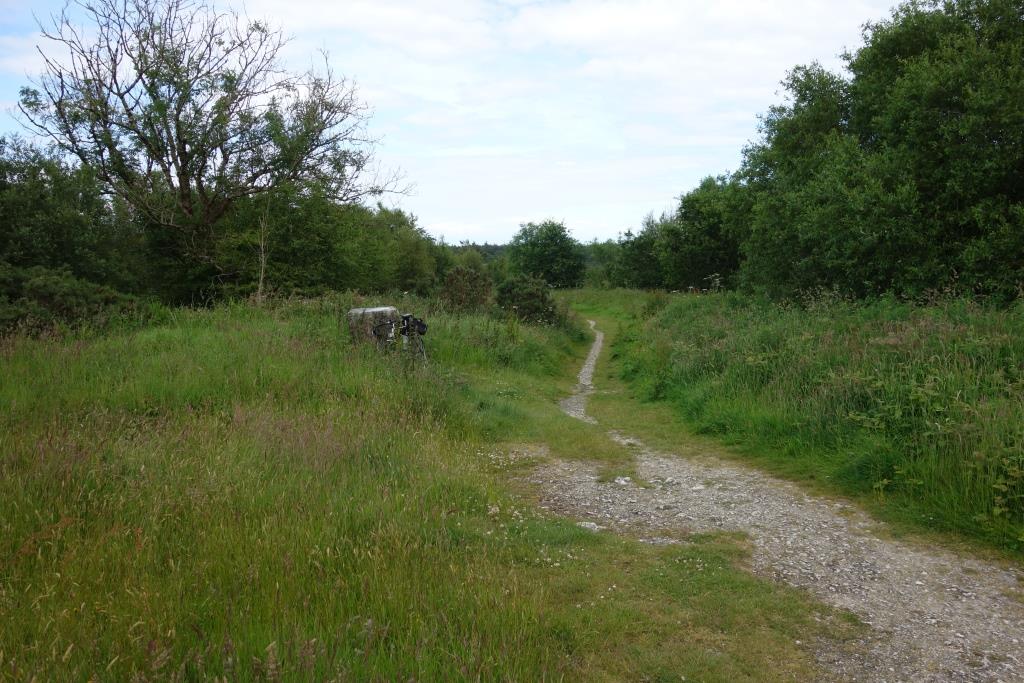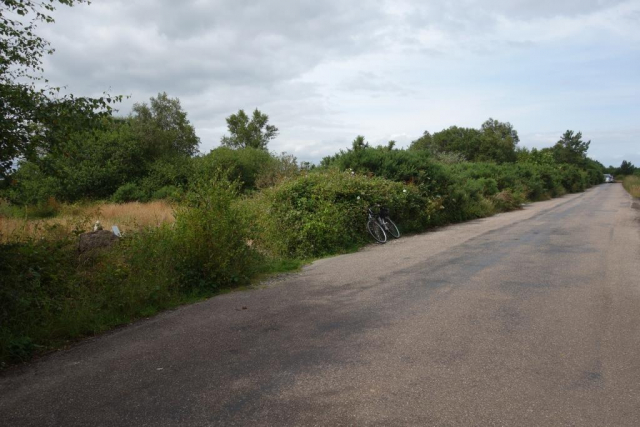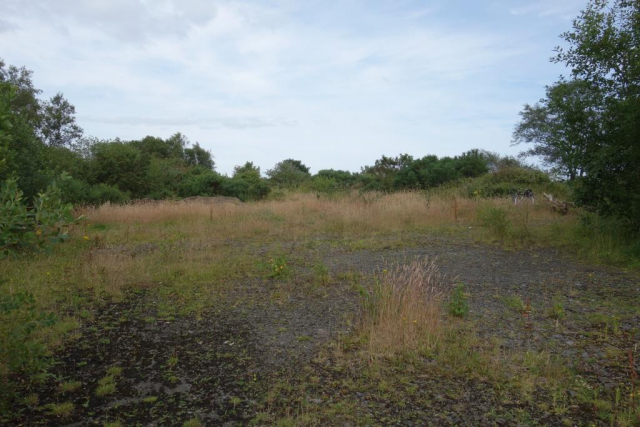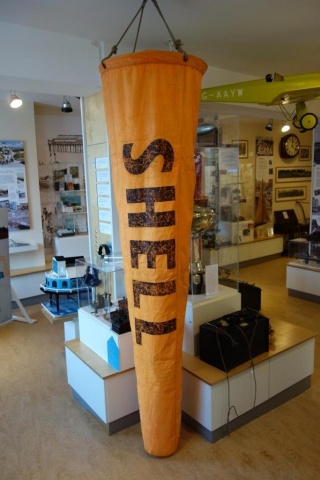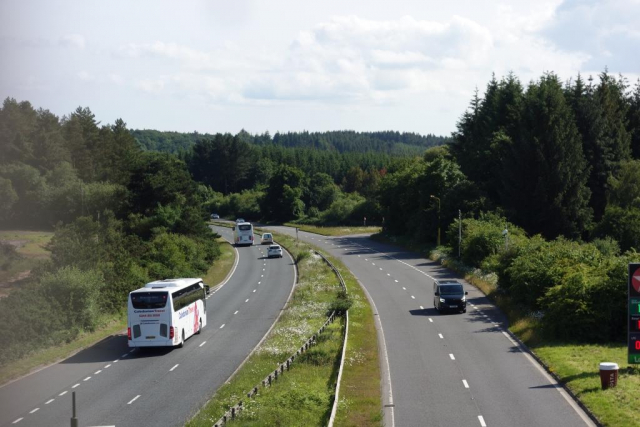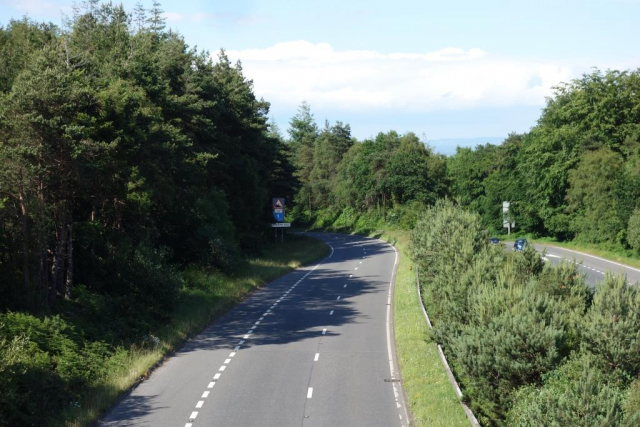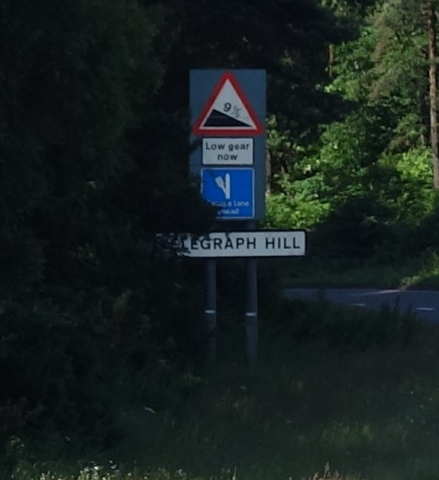The scout set off on 17th June to follow a route he had last taken during the plague.
It took another ride on 17th July to complete this piece.
In June, after buying his lunch in the Chudleigh Co-op, he found Clifford Street closed on the edge of town and so wove his way around the back roads and emerged onto the old turnpike at Coburg Corner. He turned to follow the stub of the turnpike left after part of it was smothered by the dual carriageway and then climbed towards Gappah.
On both rides, he stopped at the corner where Lancelot “Capability” Brown’s carriage drive to Ugbrooke joins the public road.
Turning away from Gappah at the top of the climb, the scout rode towards the ridge. A kink marks the start of the 1773 diversion of the road north of Castle Dyke, which the then Lord Clifford, acting on the advice of Brown, was permitted to do so that it would not be seen from Ugbrooke.
The scout wondered whether carriage drives passing over or under public roads were meant to give the impression of a larger estate. He had passed beneath one at Tawstock in June.
Very near the rampart of Castle Dyke, an iron age hillfort, the scout stopped to take the views.
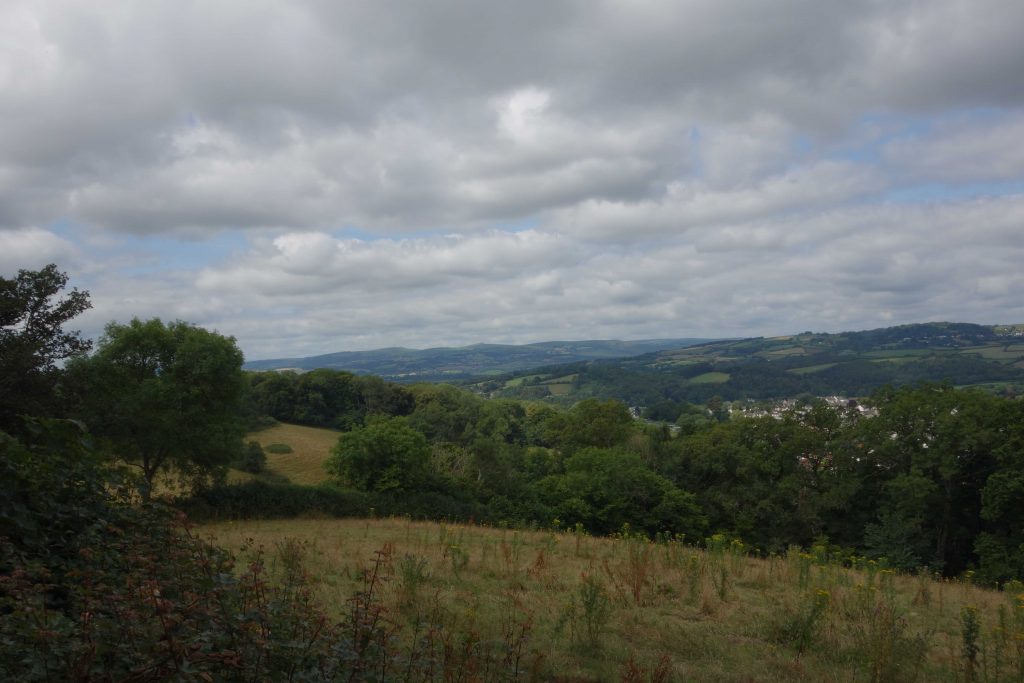
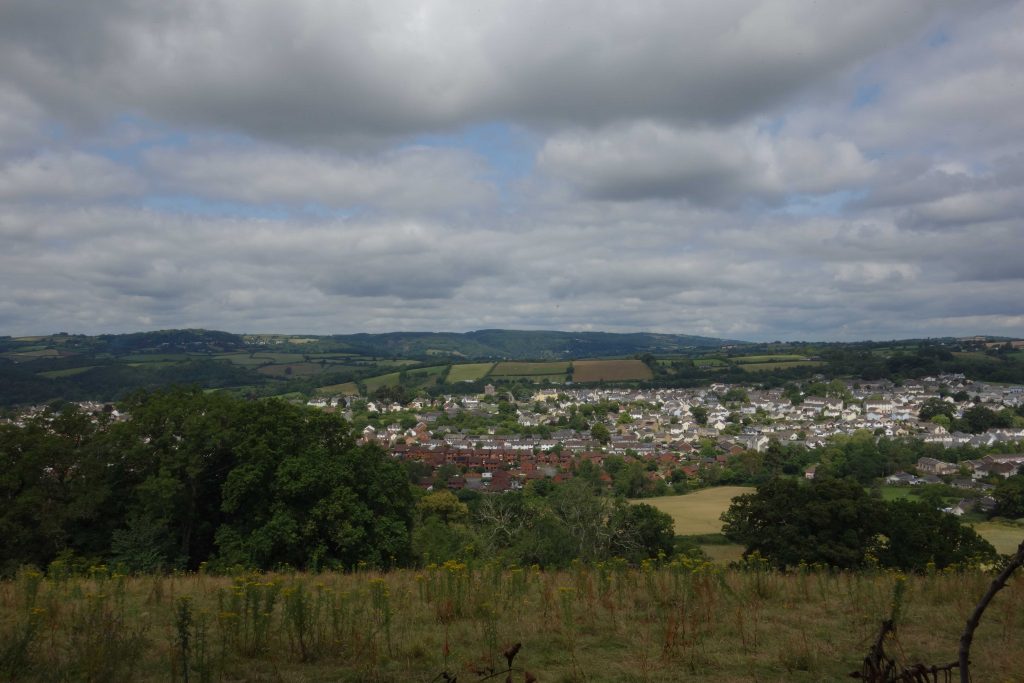
Hennock lies high on the far hill at left. +
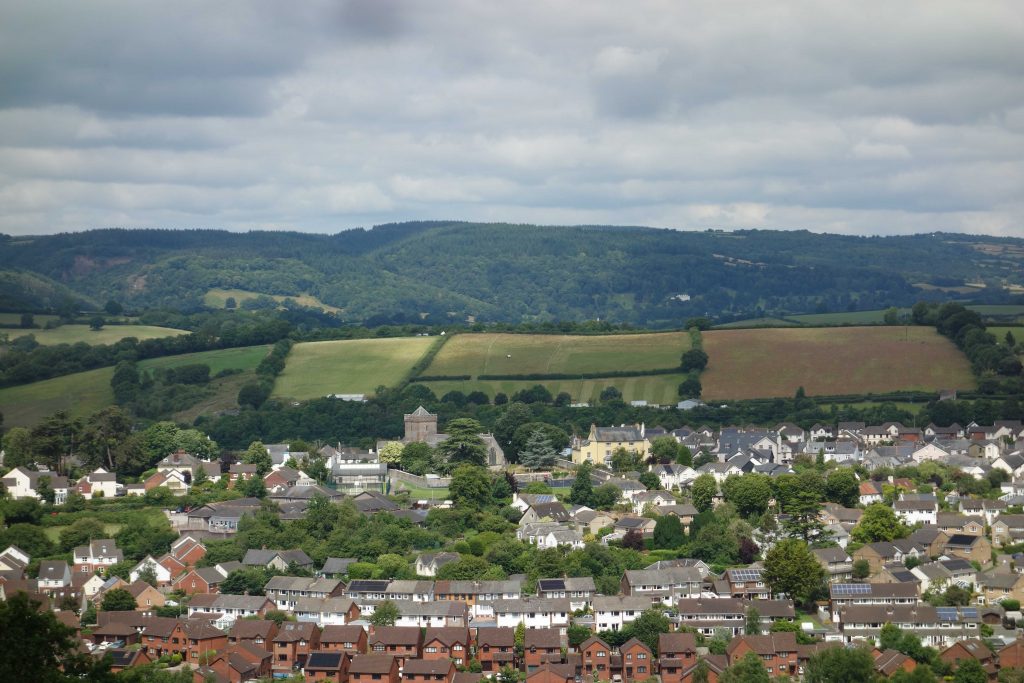
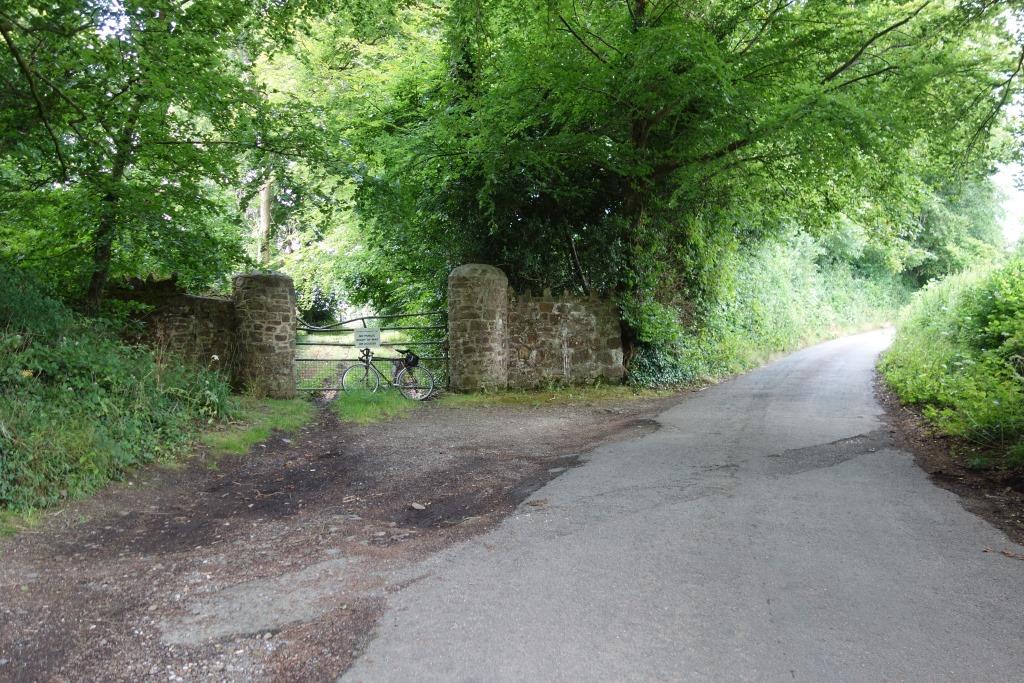
In June, the scout had found the main gate open and had curiously ventured as far as the visitors’ car park hut, where a pleasant lady told him that for £19 he could join the 1230 house tour. The place is little advertised, if at all, and sees not a great many visitors. Encouraged by this, the scout promised the lady that he would return.
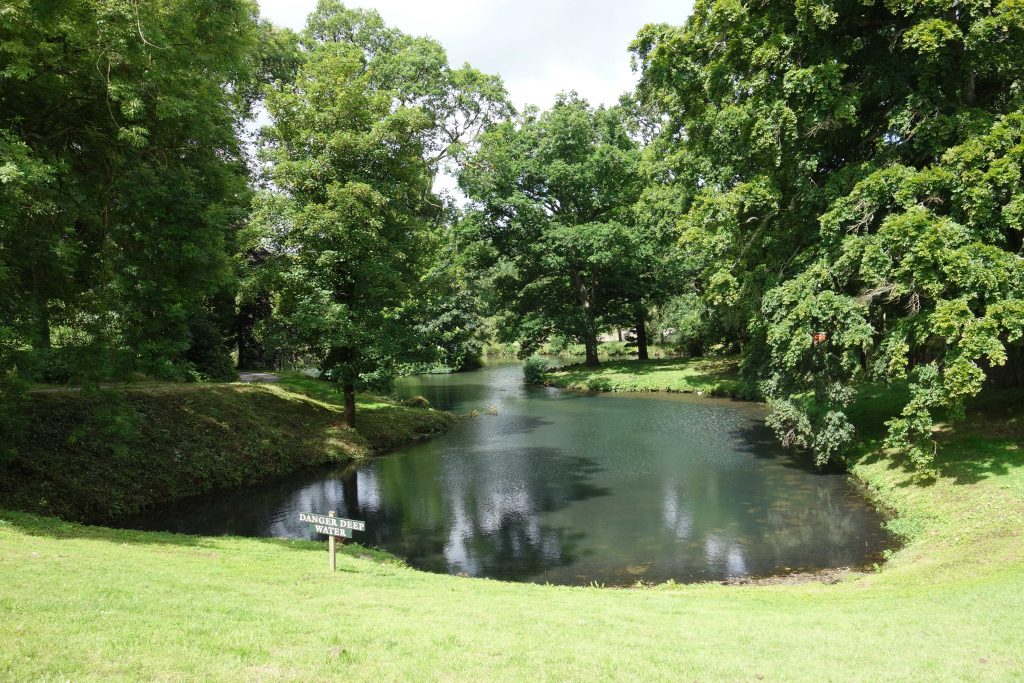
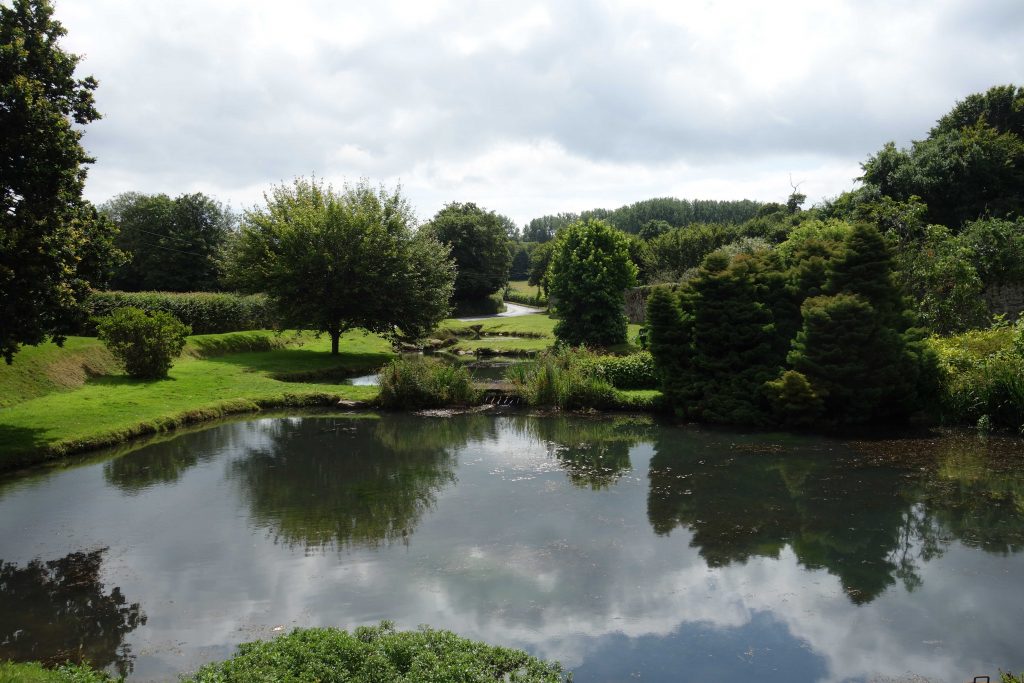
The scout climbed the hill again, passing the converted stable where the “retired” 14th baron, Thomas, now lives. The scout was relieved to find only 14 cars and just six people booked on the house tour. In the absence of bicycle parking, the lady in the hut promised to watch the scout’s Raleigh.
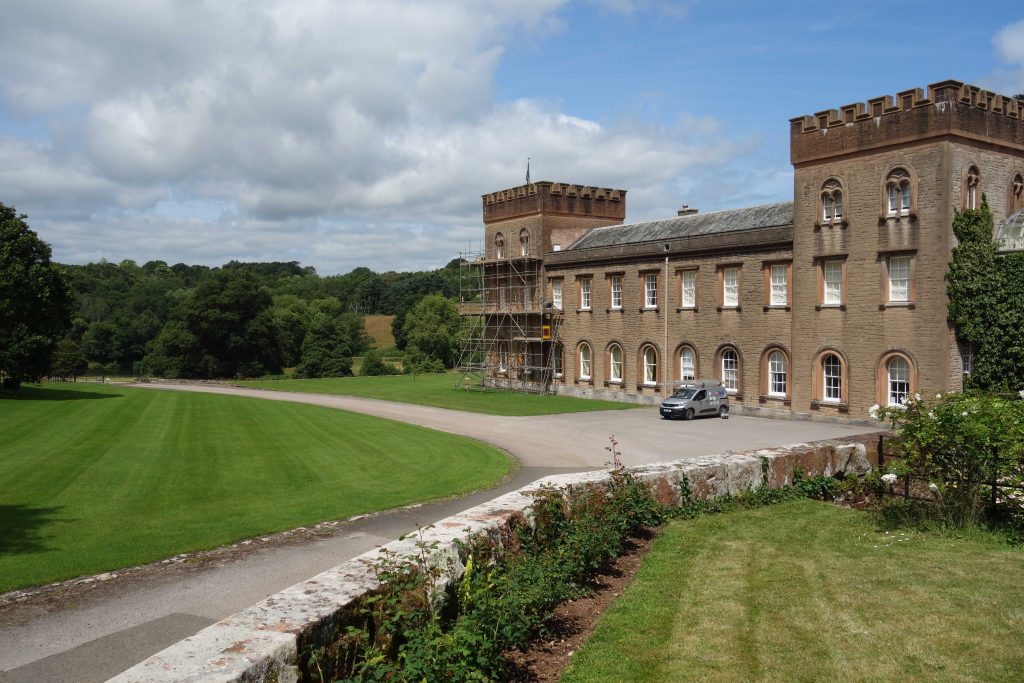
The scout joined the 1230 house tour, with latecomers, still numbering fewer than a dozen. It wasn’t quite what he expected but it did have one astonishing moment, when the “secret” bookcase door was opened to reveal the family’s gallery pew in St. Cyprian’s Chapel, said to be the oldest Catholic parish church in the south west, where mass has been celebrated since 1673. The group was told, however, that currently there was no priest.
After the tour, most participants went to the Orangery for refreshment. Rather than queuing, the scout wandered into the gardens and then found himself on the lakeside walk.
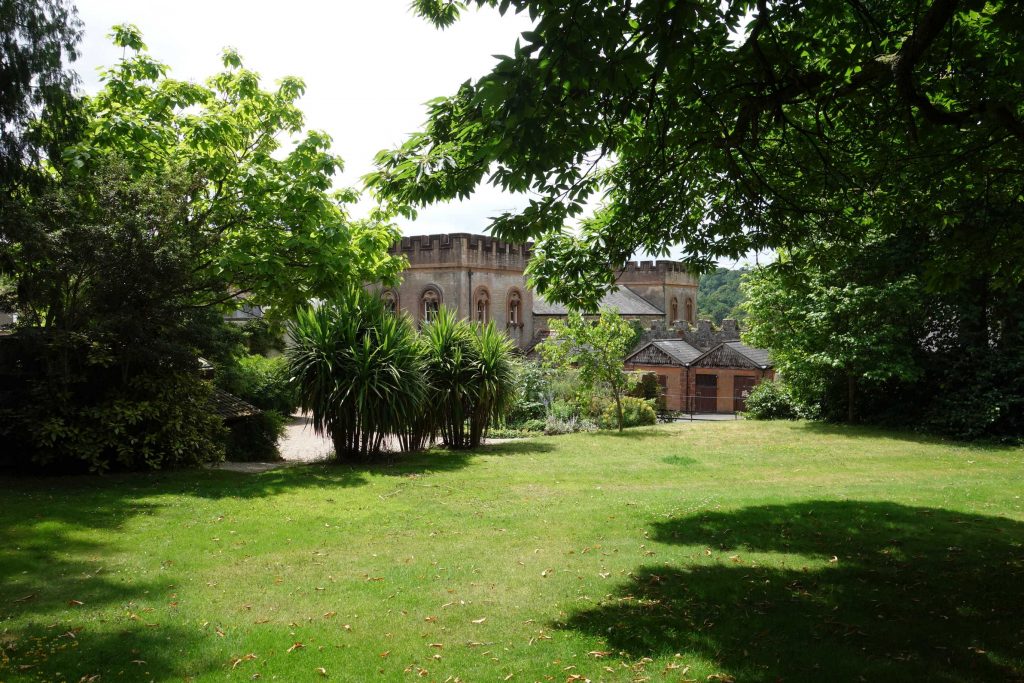
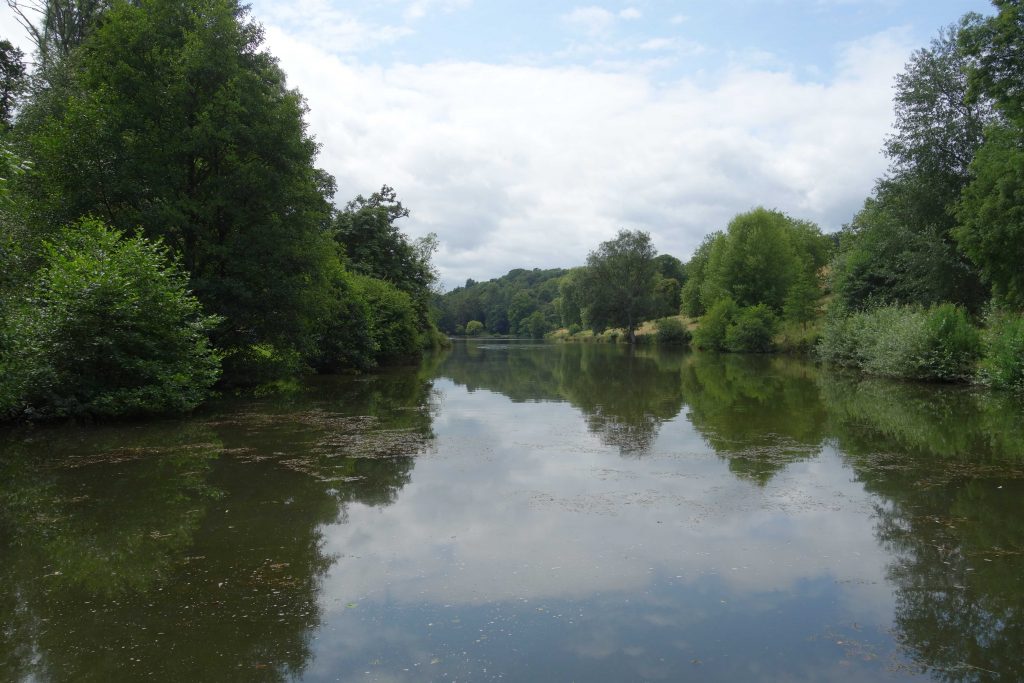
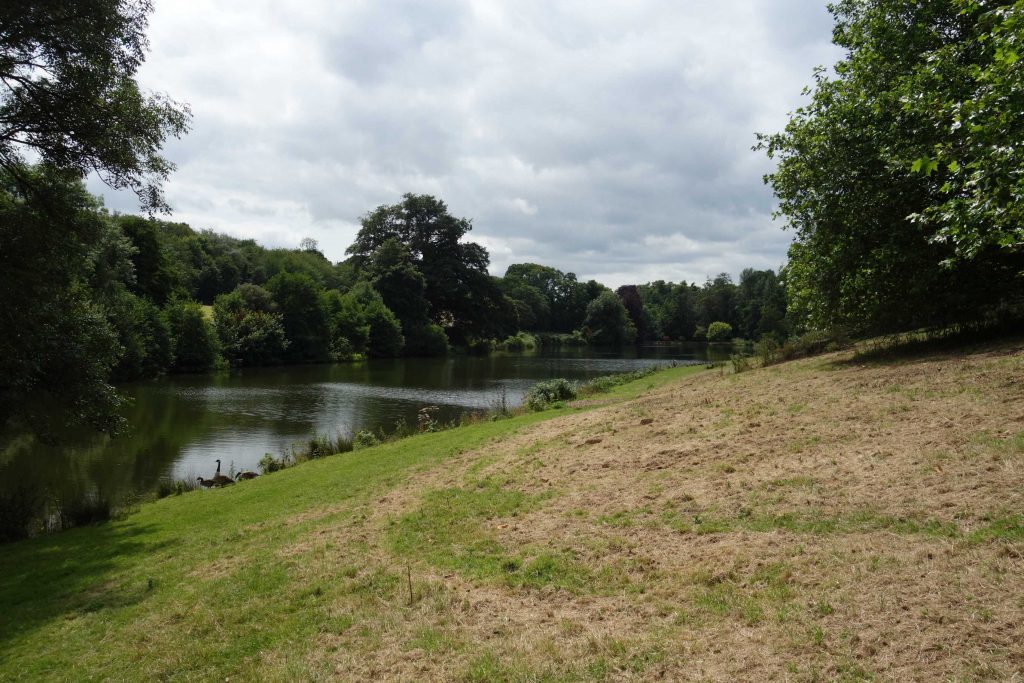
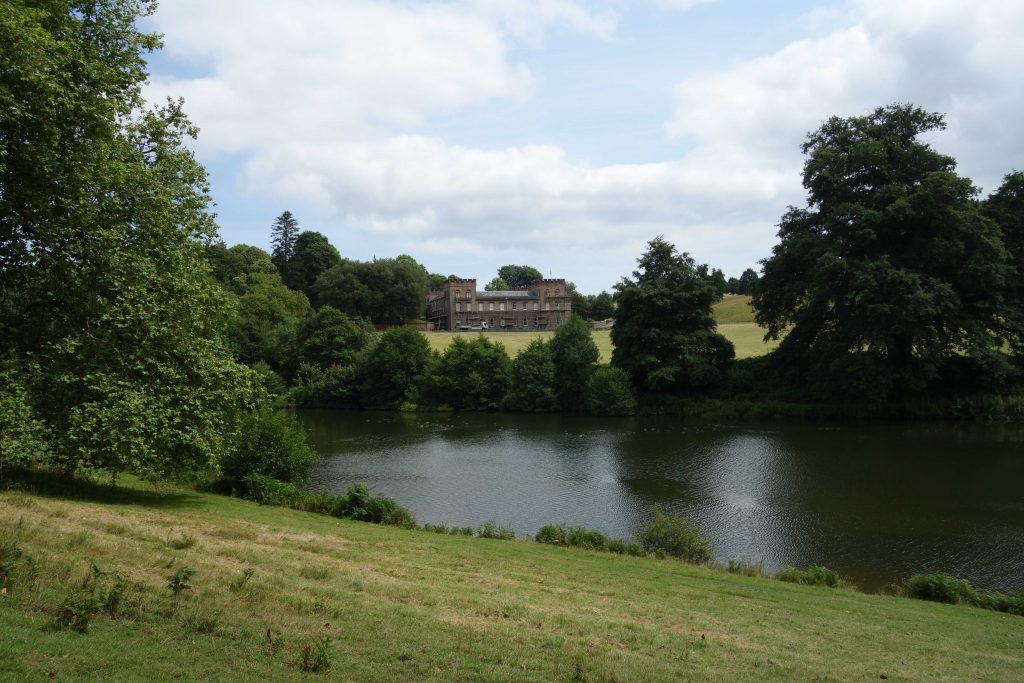
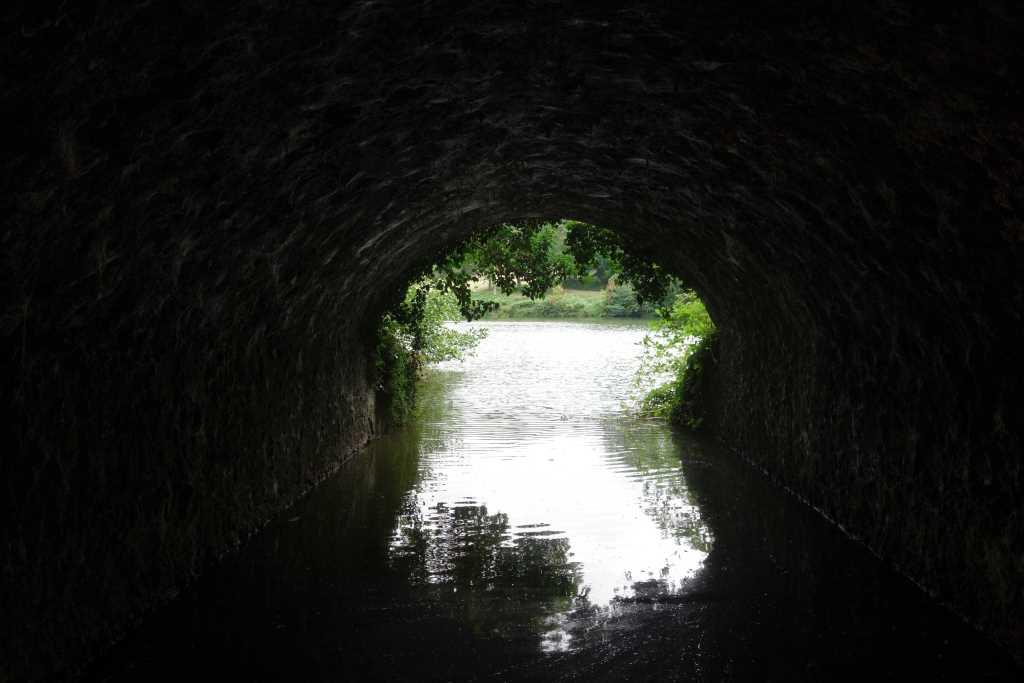
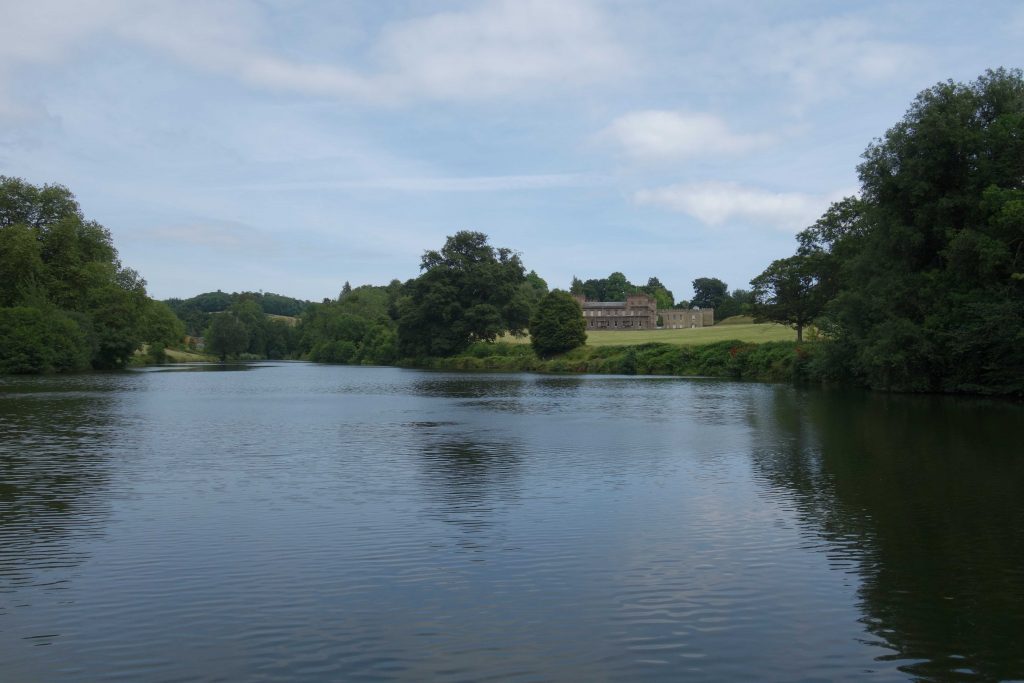
Here, Brown’s meandering carriage drive from Winstow joins the newer one from Smoothway Lodge. On the other side of the dam, where water cascades down to Lower Pond, is another drive leading towards Gappah.
However much he wanted a bite to eat, the scout had made up his mind on the stroll that £7.50 for a sandwich and £4.50 for a cup of coffee in a deserted café would not do for lunch.
After thanking the lady for minding his bicycle, the scout, gnawed by hunger, headed for Haldon.
He passed beneath the one-mile Ideford straight, a 1965 diversion of the A380, and then came upon Chudleigh Arch, the bridge which carried the old road.
In June and July, the scout rode through Ideford and Luton and then climbed to the plateau of Little Haldon, lying at nearly 800 feet.
In June, he rode on to take the view of Teignmouth from the golf course clubhouse and from a picnic site just off the road, before returning to photograph the commemorative plaque near the former airfield.
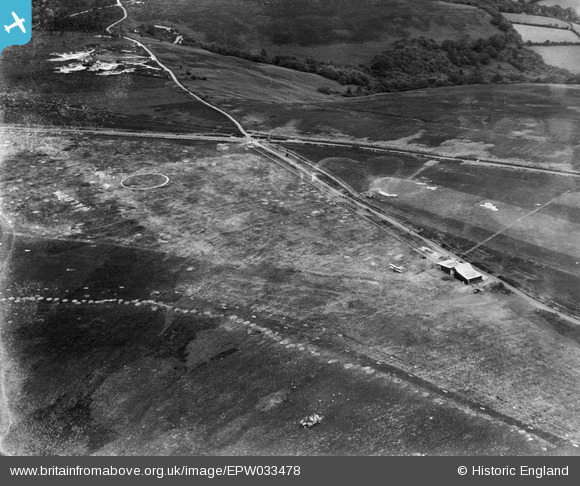
The bunkers of Teignmouth Golf Course, seen at centre right, are much as they are today.
T.W.E. Roche recalled “Airborne Great Western” in his “More Great Westernry,” published in 1969.
Who could have guessed that a six-seater aircraft operating a niche service would develop into the domestic aviation business of today, competing with trains on many routes? In 2019, around two thirds of passengers chose to fly between London and Edinburgh. Thanks to an open access operator offering cheap rail fares, more than half now choose the train. But a huge number is lost to the rail network nationwide. Both industries receive huge subsidies but rail travel is much less damaging environmentally.
In June, the scout had eaten his lunch on Ideford Millennium Green, discovered on his previous ride. In July, he rode like a madman along the busy Haldon roads, including the hellish section of the A380, with motorists making a point of passing closely, to the top of Telegraph Hill, which lies at about 750 feet.
The scout rode on, passing the racecourse, to the filling station at the A38 summit. For £11 he bought four pints of lager and an assortment of greasy offerings, which, half an hour later, became a late lunch back at the station. He had ridden a paltry 25 miles.

